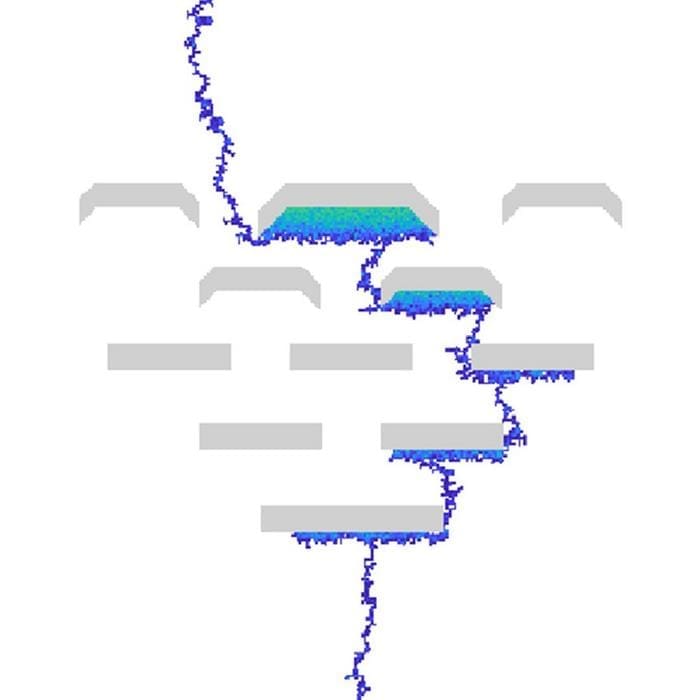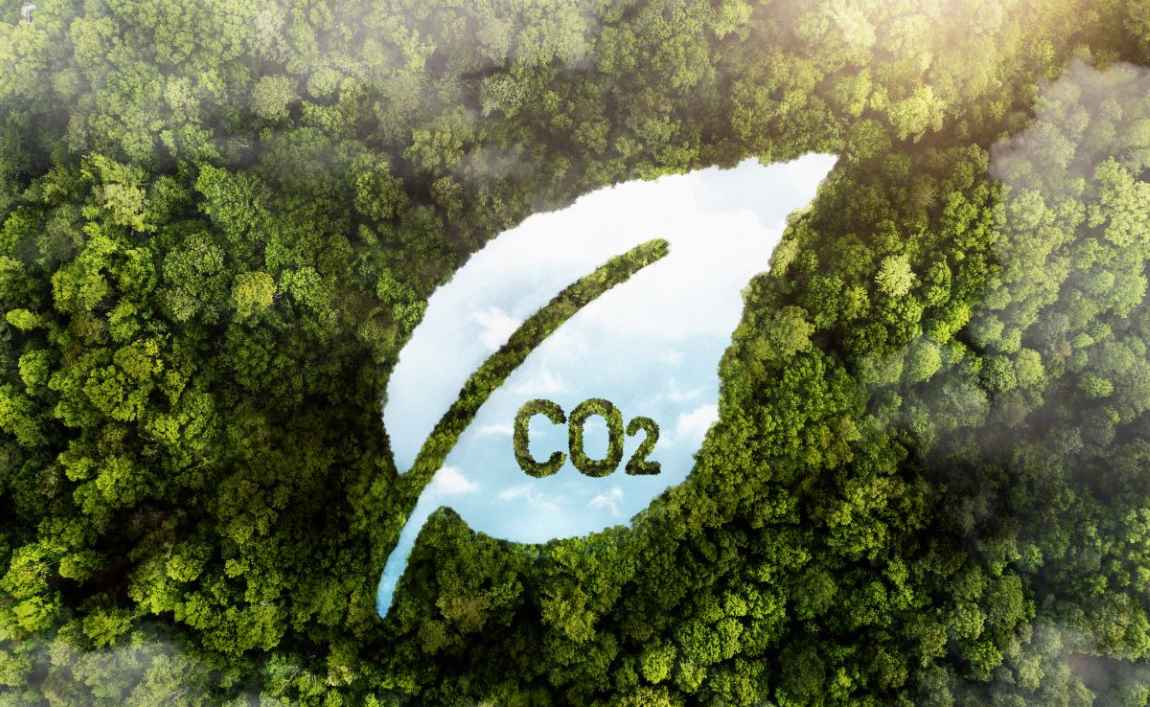The overarching goal of all carbon capture and storage projects is the same: Keep carbon dioxide (CO2) emissions out of the atmosphere by storing them in the subsurface for good.

One way to do that is to inject the CO2 into a reservoir space that’s covered with a big lid – an impermeable caprock that can keep the gas in place and stop any upward flow in its tracks. That’s the model that petroleum exploration has relied on for decades when searching for oil traps, and it works for both oil and CO2.
But according to research led by The University of Texas at Austin’s Bureau of Economic Geology, subsurface reservoirs that are covered by a collection of hundreds of smaller lids – collectively called a “composite confining system” – may be the better option for keeping carbon trapped for the long term.
That’s good news for the carbon storage industry. This type of distributed system is common in a range of geological environments, including the Texas Gulf Coast.
“Directly under what is the largest concentration of emissions in the U.S. we have incredible reservoirs, but few regional seals. What we have instead, is lots and lots of discontinuous barriers to vertical flow,” said Alex Bump, a research associate professor at the Bureau’s Gulf Coast Carbon Center in the UT Jackson School of Geosciences. “There is a very local motivation for this research but the application is global.”
Many people working in carbon storage have roots in oil and gas – including Bump. The two industries share similar knowledge bases in reservoir geology and fluid dynamics. However, according to Bump, this has also led to some assumptions about optimal carbon storage scenarios – namely, that the same sort of caprock-sealed reservoirs that are proven oil traps should also be the preferred place to store carbon.
According to Bump, there are key differences between hydrocarbon production and carbon storage that suggest rethinking the inherited concepts.
“In petroleum, the goal of production favors large-volume, concentrated, mobile accumulations, so we explore for large traps, and high-permeability reservoirs with an impermeable seal,” said Bump.

That same model works for carbon storage, but the factors that make it ideal for petroleum production make it risky for storage, Bump said. For example, if there is a leak in the seal (such as an improperly decommissioned well), then there is a large, concentrated volume of CO2 that can potentially leak out.
In contrast, the multiple barriers of a composite confining systems not only help prevent escape but also help spread the CO2 plume across the available pore space in a reservoir. In doing so, they effectively immobilize the CO2. Even where there might be an escape path, there is little or no mobile CO2 to feed it.
Bump compares the differences between a caprock and composite approach to catching a water leak with a bucket versus a pile of towels. Both can do the job. But there’s no risk of the water spilling with the towels. The towels simply soak it up.
In a paper published in the International Journal of Greenhouse Gas Control, Bump and colleagues at the Gulf Coast Carbon Center, Hailun Ni and Sahar Bakhshian, make the case for composite confining systems for CO2 storage by presenting data from experimental models, numerical simulations and actual reservoirs. Their experiments and numerical models show that the length and frequency of the barriers are the two most influential factors when it comes to an effective confining system.
They also found that the barriers don’t have to be particularly substantial to be effective. Even minor reductions in grain size between geologic layers are enough to divert the path of a rising CO2 plume – helping to spread the gas laterally throughout the reservoir, with little migration toward the surface.
Bump said that next on the agenda is to spread the word about composite confining systems for carbon storage. He is currently working on developing a best-practices guide for finding and permitting these types of reservoirs for CO2 storage.
“This is really about creating a user’s manual,” Bump said. “We’re figuring out how to take a good idea and apply it. There are already commercial projects moving forward with this on the Gulf Coast. We want to make it a standard part of the global toolkit for carbon storage.”
Journal Reference:
Hailun Ni, Alexander P. Bump, Sahar Bakhshian, ‘An experimental investigation on the CO2 storage capacity of the composite confining system’, International Journal of Greenhouse Gas Control (vol. 134; 2024); DOI: 10.1016/j.ijggc.2024.104125
Article Source:
Press Release/Material by University of Texas at Austin
Featured image credit: Freepik




